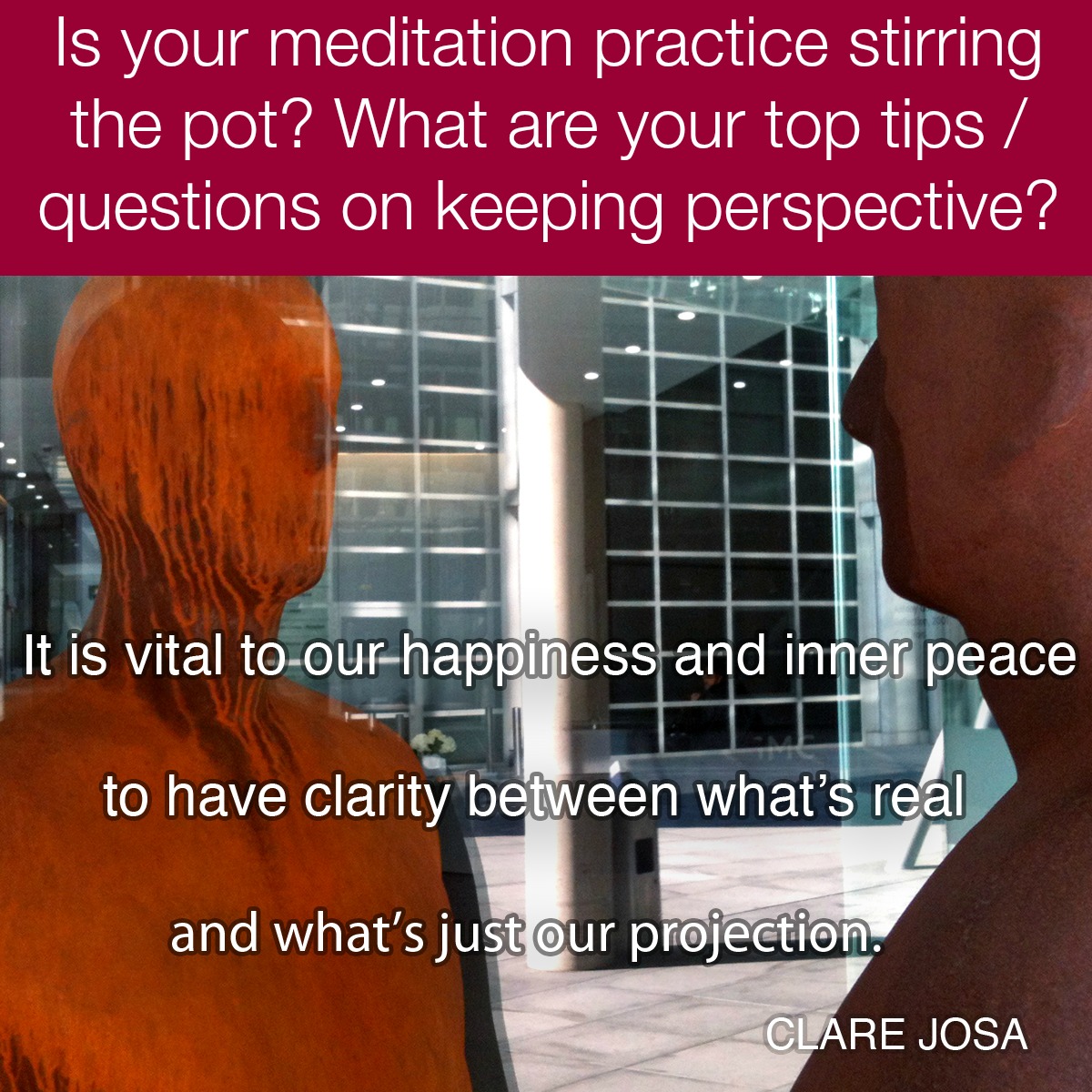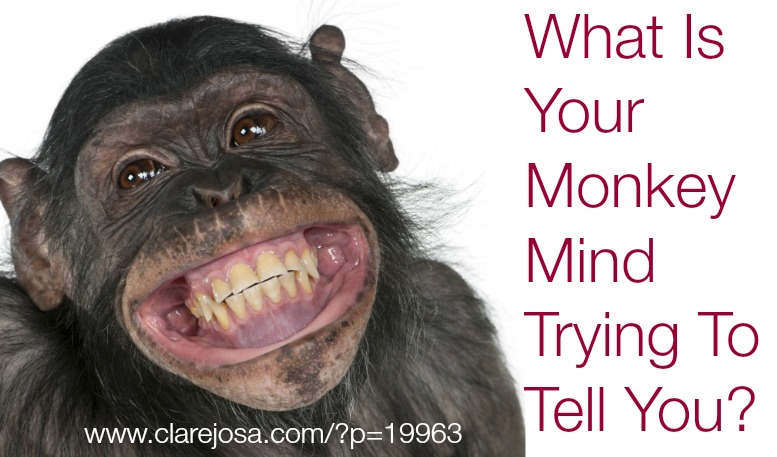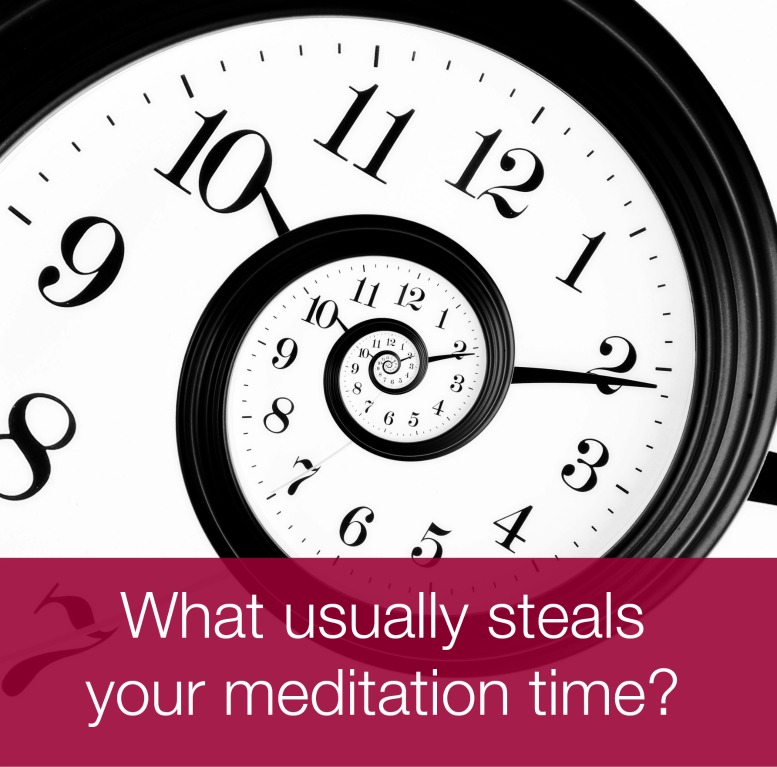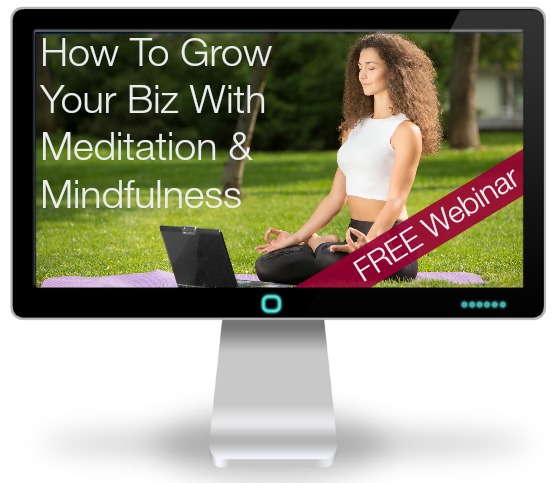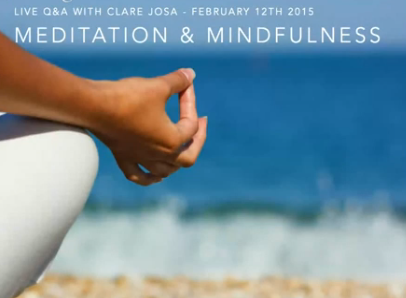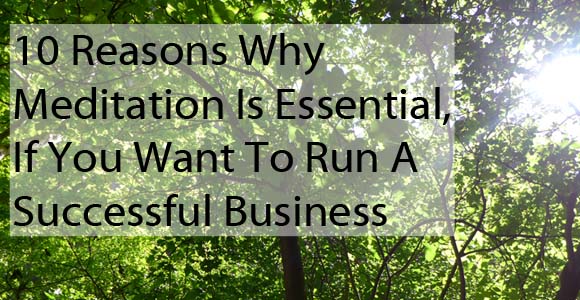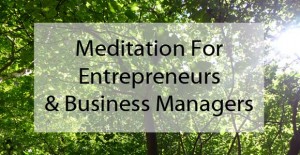Some people cheekily call meditation ‘navel gazing’. There’s something about sitting around, with eyes closed, allegedly coming up with profound insights, that provokes a sense of the slightly ridiculous in those who haven’t yet tried it.
Although meditation techniques can include looking at your life, your reactions, your emotions, your behaviours and your thoughts, it isn’t about ‘navel gazing’. You’re looking at all those aspects of yourself with a clear intention. Through these practices, you are choosing to set ourselves free from the habitual way we normally live life; to see the truth of how things really are; to reclaim your choice about how we experience life; to reconnect with that divine spark, deep within.
When we are in that quiet, still space of relaxed, accepting, focused concentration, we can find that our habits, our beliefs, our assumptions may come up for questioning. It helps us to have more clarity in life and to be able to spot where we’re telling ourselves ‘stories’, rather than basing our decisions on ‘truth’. And this new level of self-awareness can cause the ‘pot of emotions’, deep inside, to have a bit of a stir.
It’s vital to our happiness and inner peace to really have clarity about what’s real and what’s just our projection.
Regular meditation can bring about focused observation of our own habits and behaviours. It awakens a desire within us to be able to choose how to respond, rather than being at the mercy of uncontrollable auto-pilot emotions and stress, as we react to life. This can mean that when you get good at meditation – when you’re able to access that still point – the old habits, behaviours and beliefs that no longer fit with who you really are can come up for examination. Depending on how you’ve been experiencing life so far, some of that might be quite uncomfortable.
Some people might find, for example, that they’ve had a habit of feeling irritated or angry very easily and that regular meditation practice can bring that to the fore.
I remember, when I was starting my ‘real’ meditation journey (rather than just doing guided visualisations or deep relaxations) that I often found myself feeling more irritable and angry than usual. This had the knock-on effect that I would beat myself up, because – of course – I was meditating every day and I’m an NLP trainer, so ‘how dare I’ feel irritated? I was supposed to be ‘blissed out’ and happy, not grumpy and snappy. I was ‘supposed to’ know better.
Well, there is no such thing as ‘supposed to’, for a start! And, secondly, the meditation had allowed me to get myself to a place where I was ready to handle the causes of why I was walking around feeling irritable and angry. At some level, I had made an unconscious decision that I was ready to deal with the triggers for those emotions – and suddenly nearly everybody around me became an Oscar-winning actor, helping to ‘press the buttons’ for me. Their behaviour helped me see the games I was playing, the stories I had been telling myself and the habits I had created, to keep me stuck with those emotions, over the years. (Thanks guys!)
This is a very common situation on a meditation journey.
The danger, if ‘stuff’ comes up (and it doesn’t matter which emotion it is), is that you can end up projecting your anger / irritation / sadness / annoyance / guilt / regret onto other people. For example, you might snap at the next person who crosses your path when, in reality, your emotion was nothing to do with them. It’s like your experience of life becomes overlaid with a movie of that emotion, changing your view of what’s really going on.
“Meditation is not meant to help us avoid problems or run away from difficulties. It is meant to allow positive healing to take place.” Thich Nhat Hanh
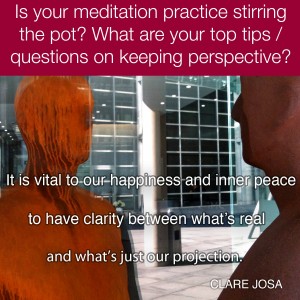 Meditation is about learning how to stop being carried away by past pain and regrets – to stop running away from our problems – to stop being lost in despair about the present time or worrying about our future.
Meditation is about learning how to stop being carried away by past pain and regrets – to stop running away from our problems – to stop being lost in despair about the present time or worrying about our future.
Regular meditation practice helps us to realise that we have a choice: to feel angry or to feel happy. It helps to make that choice easier.
If you catch yourself experiencing a strong emotion that is clouding the reality of what is happening, practise your mindfulness.
Here’s a really useful technique for times when you need to process uncomfortable emotions:
Emotional First Aid Technique
This technique is all about using your breathing as an anchor in a storm of emotions. It helps you to rest; to stop; to reflect; to heal.
- Bring your focus back into your physical body.
- Be present, without telling the story, without engaging with the emotion, without resisting it.
- Breathe. Really focus on your breathing.
- Breathe out the emotion, breathe in calm and a sense that all will be ok. It works! Keep going, until you feel a sense of relief.
- If you need someone’s help, get it! You don’t have to do this on your own.
- Be kind to yourself, open your heart, and perhaps ask:
- “What would love do, right now?”
- “What would kindness say to this emotion, this habit, this belief?”
- “What would ‘courage’ or ‘trust’ say or do?”
They might sound like strange questions, but if you let the answers bubble up, without critique, then you might be surprised by your insightful answers.
Don’t judge yourself. Just observe whether it is one of your old auto-pilot programmes that is causing you to react the way you are used to. Perhaps your deepest being is trying to tell you that this is not who you are anymore? You don’t need to keep doing that – which means you’re getting the chance to set yourself free from that old habit.
This short technique can work in under a minute, once you’re used to using it. It will work for you unless, at some level, you’re unconsciously choosing to hold on to the emotion; if you don’t want to let go of the story…
It helps you to release the emotions, so you can move back to a level of clarity that helps you to see the difference between the story; the drama; the projection; and the truth of the situation. It helps you see ‘what’s real’ about whatever has been going on.
If you’d like some more ‘emotional first aid’ techniques, there are links to more in the bonus resources for this book. One is a deeper-acting emotional first aid process, similar to the one above. Another is a guided visualisation, which is specially designed for emotions and memories that keep coming back. It is designed to help you gently, but effectively, release the old story and move towards the future.
Meditation is a wonderful way to reach that still point, so you can see those habits for what they really are: just habits.
Those old habits are not real – you can’t pick them up and wrap them in paper and tie a bow on them. You can let them go.
All you need to do is choose.
And if you choose from a position of love and kindness towards yourself, instead of anger and beating yourself up over it, you are much more likely to enjoy the process of letting go of that old habit.
If you find that meditation is stirring the pot for you, make sure you get the support that you need to let go of whatever that habit or emotion is that’s been coming up – and then celebrate letting it go.
![]() If you want to join us and really create a life-changing meditation habit, then you’ll love my online course: How To Meditate
If you want to join us and really create a life-changing meditation habit, then you’ll love my online course: How To Meditate
Affirmation:
I choose to set myself free from old habits that no longer serve me.
With love, Namaste,
![]()

